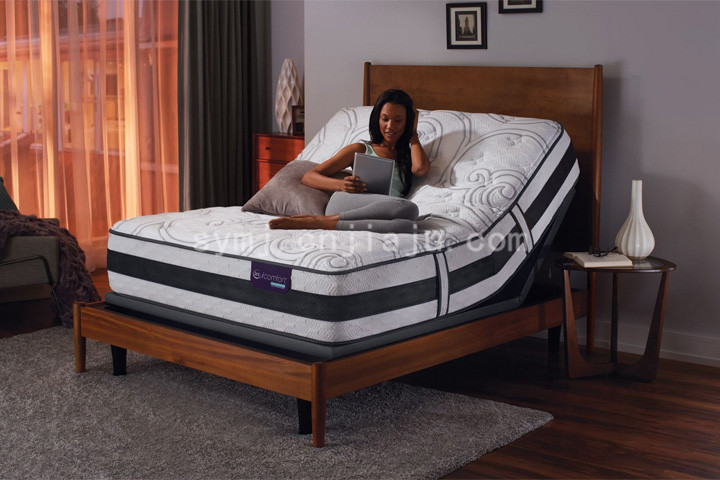What does “terminal is king†mean? It refers to the transformation of retail spaces into powerful expressions of brand identity, culture, values, and lifestyle. No longer just a place for sales, the terminal has evolved into a full-service experience that showcases the brand’s unique personality and differentiators. By linking the brand with comprehensive services, it turns simple transactions into meaningful consumer experiences. This is the essence of “terminal is king.â€
After nearly 30 years of growth, China's furniture industry is at a new turning point — shifting from “channel is king†to “terminal is king.†The competition is now about who controls the market’s final touchpoint. In any industry, there's a natural evolution: from “product is king,†to “channel is king,†and finally to “terminal is king.†This shift is driven by the development laws of the market economy.
Products, channels, and terminals have all gone through major changes over time.
Let’s look back. Before 2000, the furniture industry was in the “product is king†era. If a manufacturer had strong production capabilities, dealers could easily get products and make big profits. That was a golden age where goods were in high demand, and many still remember those days. This phase was characterized by a seller’s market, where supply was limited and demand was strong.
From 2000 to the end of 2008, hypermarkets began to rise. Large-scale stores with tens of thousands of square meters became common. Red Star Macalline, for example, became a symbol of this trend. Furniture manufacturers admired these large retail spaces, while furniture fairs flourished, giving birth to a booming “exhibition economy.†This period saw the rise of “shop-in-shop†models, where top salespeople became “small bosses.†They searched for promising brands at exhibitions, and those who succeeded became “channel brands.†This stage was marked by the dominance of distribution channels, as real mass or consumer brands were still rare, and the market remained chaotic.
Since 2009, the home furnishings industry has gradually moved into the “terminal is king†era. Hypermarket competition has intensified, product homogenization is widespread, consumer groups are fragmented, and foot traffic is declining. Some stores are struggling, and regional furniture fairs are becoming less frequent. While the economic crisis may have contributed to these challenges, the deeper reason lies in the maturing consumer market. As people's lifestyles and consumption habits change, one-size-fits-all marketing strategies no longer work. This is why “terminal is king†has emerged — it’s the next chapter in the story of market evolution.

Material: Ceramic orchid pots are typically crafted from clay-based materials that are fired at high temperatures to achieve durability and strength. They can vary in texture, from smooth and glossy to rough and matte, depending on the specific ceramic composition and finish.
Design: These pots often feature a wider base and narrower opening, providing stability for the orchid plant while allowing for proper aeration and drainage. The design may include decorative elements such as embossed patterns, painted motifs, or textured surfaces, enhancing the aesthetic appeal of the pot.
Size: Ceramic orchid pots come in a range of sizes to accommodate different orchid species and growth stages. They can vary from small pots suitable for single orchid plants to larger containers capable of holding multiple plants or larger root systems.
Color: The color of ceramic orchid pots can vary widely, offering options to complement various orchid flower colors and interior or outdoor décor themes. Common colors include white, beige, terracotta, green, blue, and various shades of earth tones.
Drainage Holes: Proper drainage is crucial for orchid health, and ceramic orchid pots typically feature multiple drainage holes at the bottom to prevent waterlogging and root rot. These holes allow excess water to escape freely while providing adequate aeration to the orchid roots.
Saucer or Tray: Some ceramic orchid pots come with matching saucers or trays to catch excess water drainage, protecting surfaces from moisture damage and providing a tidy appearance.
Insulation: Ceramic pots offer some insulation against temperature fluctuations, which can be beneficial for orchids, helping to maintain stable root temperatures in varying environmental conditions.
Longevity: Ceramic orchid pots are known for their durability and can last for many years with proper care. They are resistant to fading, cracking, and weathering, making them a reliable choice for long-term orchid cultivation.
Overall, ceramic orchid pots blend functionality with aesthetics, providing a stylish and practical solution for growing orchids indoors or outdoors while enhancing the beauty of the plants they contain.
Orchid Pot, Ceramic Orchid Pot, Glazed Orchid pot
Yixing Bocai Pottery Co.,Ltd , https://www.bocaipottery.com